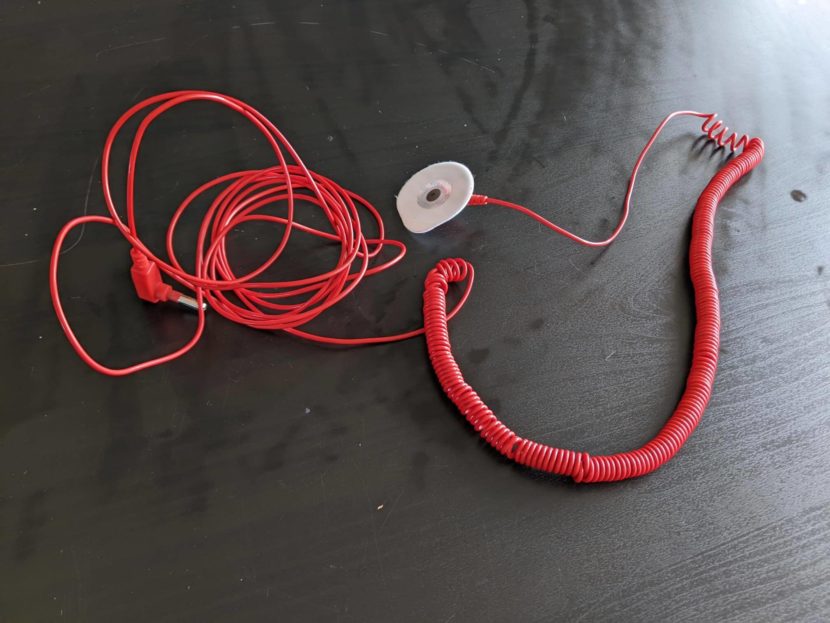The alternative therapy has been employed by many to reduce inflammation in their bodies, but it’s far from universally effective.
A well-known mnemonic in nursing school is the Five Rights of Medication Administration.
- Right patient
- Right medication
- Right route
- Right dose
- Right time
When you’re trying to match a treatment to any health problem you might have, the “five rights” are a good concept to keep in mind. It can keep you from hurting yourself—or being ineffectual.
When it comes to injections and pills, dosing is an established concept. Too little of a medication, and there’s no effect. Too much medication, and there are negative consequences. You want the right dose along with the other rights, what’s known as the therapeutic dose.
Interestingly, you don’t always hear of therapeutic dosing when it comes to treatments.
That’s probably because you can’t always control for dose. In the case of earthing, there’s not always an accessible way to measure how many electrons you’d be uptaking.
Earthing is a preventative therapy that has been growing in popularity over the last few years, especially after the adoption of some high-profile Hollywood celebrities like Gwyneth Paltrow, Naomie Harris, and, reportedly, Kelly Brook.
The treatment modality is based on the idea that people absorb negatively charged ions through their skin. The human body conducts electricity; after all, it’s mostly made up of water. These electrons thereby form whole covalent bonds turning inflamed molecules into stable pairs. The effects are easily observable through a number of different imaging systems.
As further proof of the claim, earthing proponents point to the number of diseases associated with inflammation since the introduction of shoes with rubber soles.
Of course, that’s not always accepted as direct proof. After all, correlation doesn’t imply causation.
The earthing information websites will be full of claims from people who say they have been helped.
It’s foolish to think earthing would work for everyone
Unlike a pill, there’s no exact way to control a dose of the magnetic field one would uptake while earthing.
There’s no way to control the exact dose.
If you are living with Ehlers-Danlos Syndrome, for example, you know inflammation can be a major issue. Earthing is a great way to reduce inflammation for any kind of condition like this, but it may not be the single solution you’re looking for.
Earthing, also known as grounding, can help someone with arthritis or someone struggling with pain after an intense workout, but with severe inflammation, maybe not so much.
It’s important to remember that medicine doses are based on an individual’s body weight. So, if you weigh 500 pounds, then 400 mg of ibuprofen may not be as effective for you as it is for someone of average size. Keep this in mind when you’re taking any over-the-counter medications—or when trying out an alternative therapy like earthing.
It’s best to consider it an adjunct, a therapy that would work alongside something else. The best thing about earthing is the chances of an overdose: they’re nil. Have you ever heard of anyone overdosing from contact with the Earth or with the Earth’s magnetic field?
I haven’t either.
Further reading:
How to get the most benefit from grounding (earthing).
Also on the blog:
James Cobb RN, MSN, is an emergency department nurse and the founder of the Dream Recovery System. His goal is to provide his readers with simple, actionable ways to improve their health and maximize their quality of life.
We use some affiliate links. If you click on a link and make a purchase, we may receive a commission. This does not affect our opinions.
